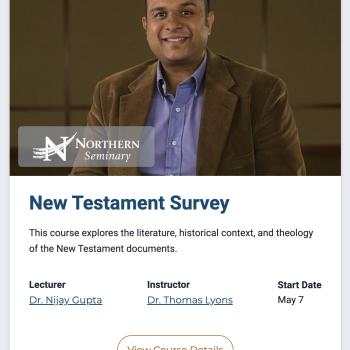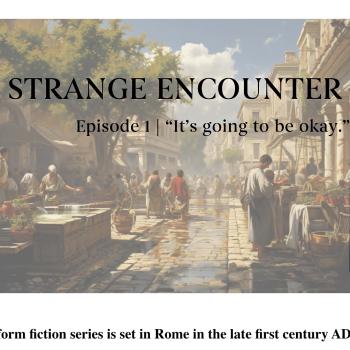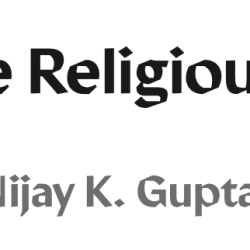Romans—Tyndale New Testament Commentaries
Of the making of Romans commentaries, there is no end (or something like that). But I’m not complaining, I have a whole shelf of Romans commentaries, and we have already seen a 2021 Romans commentary from F. Dale Bruner (LINK), and Michael Gorman has one coming in 2022 (LINK). And I’ll probably read them too. But today I want to mention a new release from the Tyndale New Testament Commentary series (TNTC), by David E. Garland. Garland teaches at Truett Seminary and has written extensively across the New Testament, including excellent commentaries on 1-2 Corinthians, and a recent Theology of Mark’s Gospel.
Garland’s new Romans commentary is pretty hefty at almost 500 pages (which I ballpark is ~17o,000 words). The Tyndale Commentaries, at least the older ones, were pretty short, mostly under 300pp (F.F. Bruce’s old Romans commentary in this series was 283 pp). This might signal a new direction for TNTC, entering into the semi-technical category. Garland’s bibliography is remarkably extensive and up-to-date (xix-xlv).
How does Garland approach Romans? His commentary is especially marked by his conviction that Paul was not primarily responding to problematic issues in the church (as some assume, based on Romans 14-15). Rather, Paul wished for the Roman churches to catch his vision for the gospel, so they could embody it and share it with others. In his own words: “[Paul’s] hope is that they might affirm its universal scope, live in harmony with one another, walk according to the Spirit, and share in his commitment to bring about ‘the obedience of faith’ among the Gentiles in every nation for the glory of God by sending him on to proclaim the gospel in Spain” (29).
Garland is a fair-minded, balanced scholar. He is a clear and engaging writer. Each section of Romans is broken down into “Context,” “Comment,” and “Theology.” I have found his “Theology” sections especially rewarding.
I have one criticism of the TNTC series: no indexes. Given that this commentary in particular is more robust and academic than some of the others, this is unfortunate, because it would be handy to see how Garland interacts with particular scholars (like Jewett or Dunn) and with specific themes or topics (like “New Perspective on Paul” or “works of the Law”).
I warmly recommend Garland’s commentary to students and pastors as a steady guide through Romans, with helpful interaction with scholarship past and present.













